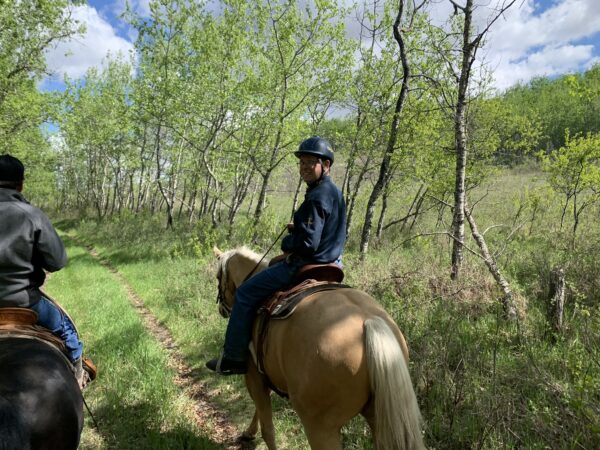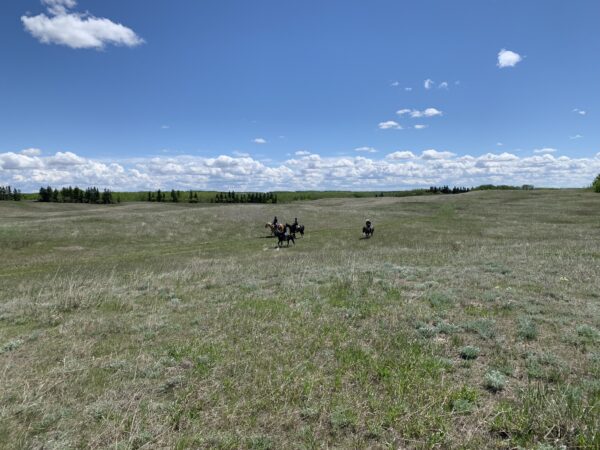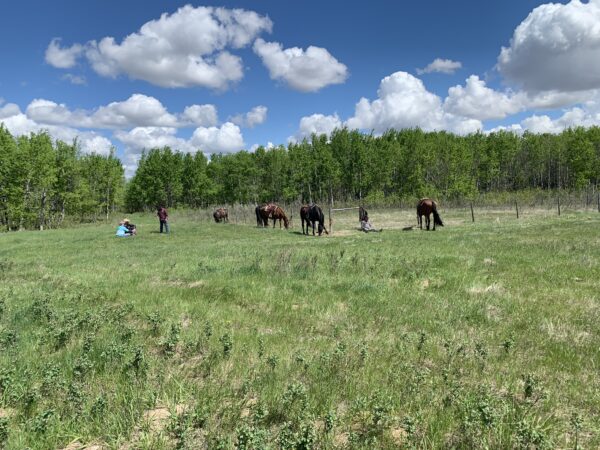From Wreck to Recovery
The triumphant resilience that is the driving force of Curtis’ success.
By Chelsey Becker
June 26, 2022, will mark 20 years since the unforgettable wreck that Curtis Anderson underwent after suffering a major brain injury caused by a bull riding accident.
Anderson was competing at the Ponoka Stampede, the fifth-largest rodeo in the world, and had drawn a bull named Real Handy.
“I lost my balance, and a boom, boom! My head smashed the bull’s head twice.” Anderson said.
“First thing I remember; the ambulance ride over to the Glen Rose Rehabilitation Hospital.”
Anderson had incurred a severe concussion and spent the next three weeks in an induced coma at the University of Alberta Hospital.
He soon realized he had lost his ability to walk, talk, and move his left arm.
His road to recovery began with copious amounts of physiotherapy and occupational therapy, gradually progressing each day.

“Physiotherapy therapists walked alongside me for an hour a day, teaching me how to walk step by step,”
“It was a big deal to walk 20 feet without stopping,”
He has put in the hard work to reach the point in his recovery that he is at today, and on May 30, 2022, he walked 19.8 miles and says the most important asset to recovery is staying physically active.
Anderson recalled the first feeling of independence was when he was able to transfer himself from his bed to his wheelchair, giving him the liberty to take himself to therapy, meals and wheel himself up and down sidewalks for ease and exercise.
“The bull, Real Handy, he won the fight that day fair and square.”
“But, Real Handy, he is long gone hamburger; I am still here. So I end up being champion,” he said.
Throughout his recovery journey, there has been no shortage of challenges and adversity.
“When I went out to dinner the first time, going in the restaurant was like being hit by a baseball bat. You hear everyone talking, all of the background noise, then everyone stops and stares at you, and it’s just too much stimulation,” he said.
Mental and physical toughness has gone hand in hand for Anderson. Defying the odds each day with small victories.
“Count how long it takes you to touch each finger to your thumb on one of your hands; it takes a few seconds,” he said. “Okay, so that took me ten years.”
Anderson now devotes his time speaking to parents, youth, survivors, and anyone willing to listen about brain injury awareness, recovery, and prevention.
“On my journey, I have climbed mountains, walked and crawled through valleys, but that is what builds character. You see how strong you are and find out what exactly you’re made of. Struggles make you stronger.”



















